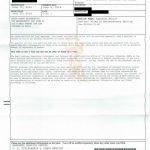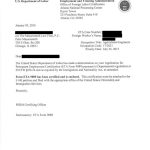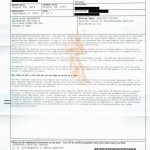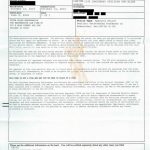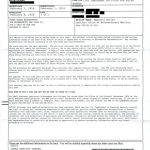Most visa refusals or other application denials are simple denials that do not carry any adverse affects beyond that particular application being denied. However, in some cases, a denial come with other serious repercussions that come with bars to enter the United States. Some of these bars are temporary and could last 5, 10, 15, or 20 years and others carry lifetime bars.
Form I-601 gives you a path to apply for a permanent waiver of that bar if you would like to enter the US with an immigrant visa or apply for adjustment of status in the United States.
Applications for a hardship waiver are made on Form I-601. Many people file a green card application and do not discover they need an I-601 waiver until after their case is denied. This is not the end of the world because in order to be eligible to file an I-601, you must first apply for an immigrant visa or adjustment of status and be denied. However, it is better going into the case to know that a I-601 needs to be filed anyway so things can be prepared in advance and there are no big surprises.
I-601 filings are made with USCIS and generally take 4 – 8 months to get a response. If you have been previously removed, you may also need to file an I-212. The I-601 is a five step process.
Step 1. Apply for permanent residency. This can be an employment based or a family based green card filing.
Step 2. Appear in person for the adjustment of status interview or consular processing interview.
Step 3. Your application is denied.
Step 4. File an I-601 and any other applicable waiver applications with USCIS and get those approved.
Step 5. Once approved, schedule a new interview with the appropriate agency to adjudicate your green card application.














